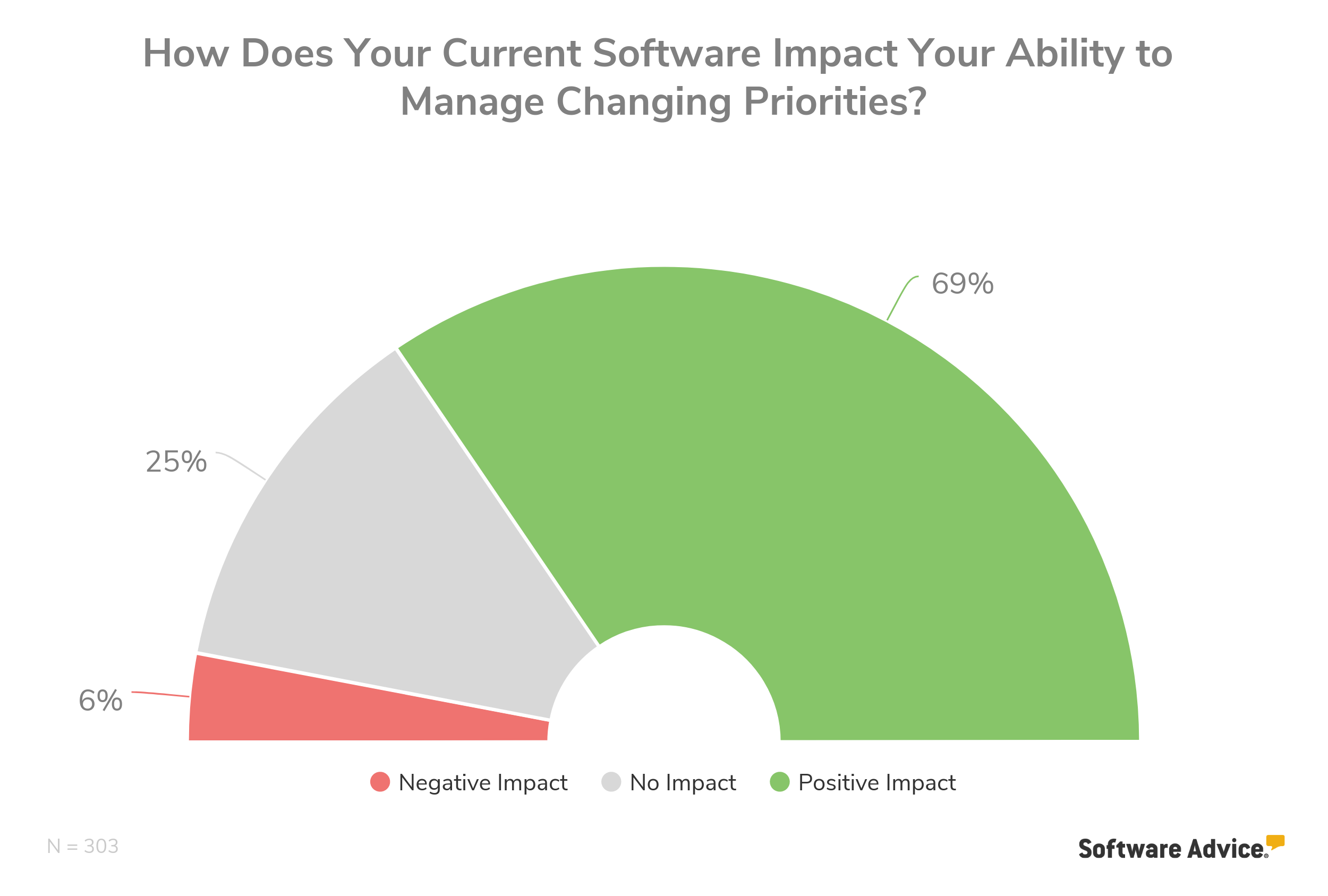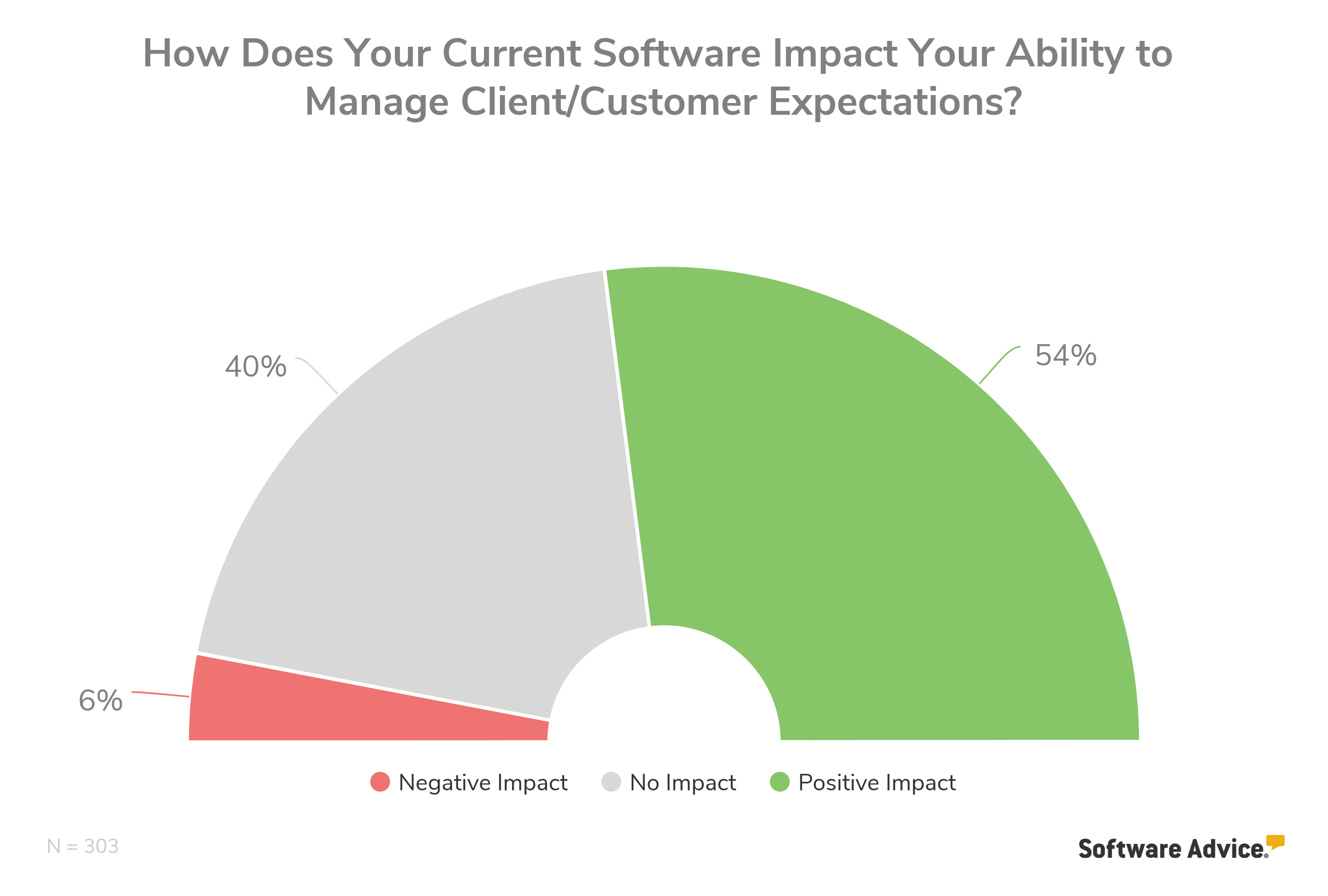What Is Agile Decision-Making in Project Management?
Information is available faster and from more sources than ever before, which makes decision-making seem easier.
But if you combine this information onslaught with traditional types of business decision-making, it will make your process slower and more frustrating. A new means of gathering input and data calls for a new way of making decisions: agile decision-making.
Making decisions in an agile way means working iteratively, collaboratively, and with transparency. Pretty different from the older trend of having a task force craft a solution, the project manager present it, and executives come to a consensus, right? In agile project teams, managers, leaders, and executives need to release the reins and empower project teams to make decisions.
In this article, I’ll cover what it means to make decisions in an agile method in an agile project and give you five tips for successful adoption of the agile mindset.
What is agile decision-making?
As stated above, agile decision-making is a process that is collaborative, iterative, and transparent. It means all stakeholders are updated on assigned tasks at regular intervals, they give feedback, and then the team knows what needs to be changed or improved. The team discusses issues together and comes up with a solution together.
Agile decision-making doesn’t mean rushed, on-the-fly changes at the whim of one project stakeholder. It also doesn’t mean that the project team makes all the decisions amongst themselves and then hands over a final product at the end.
Note: By now I’m sure you’re picking up that agile project management values individuals and interactions over processes and tools. This means you can’t switch to agile project methods in one big bang by handing out a new process document to everyone. It’s a mindset change. A change in how leadership, teams, and individuals communicate and work on a daily basis. Command and control management won’t fly here.
If you’re interested in reading the original Agile manifesto, check it out here.
Why you should adopt agile decision-making
Maintaining a course of action because that’s what has been successful for you in the past is no longer enough to be competitive. It can actually even lead to your downfall.
For example, Kodak infamously played it safe, underestimated the pace of change, and paid the price. Of course their bankruptcy was rooted in compounding issues, but their late adoption of digital transformation and lack of taking chances on new products were driving forces. They took the mindset that you don’t fix what isn’t broken and were left behind by competitors that were willing to try new things and new ways to operate.
But don’t equate agile project management with being as fast as possible and blowing up a budget with overtime to complete endless requirements. Working in an agile method means making iterative progress and changes as an empowered and self-organizing team.
Empower the project team to deliver what the customer wants (or senior leadership) in the manner they decide is the most efficient and successful. They won’t go down some rabbit hole, wasting hours or days, because an agile team checks in with the customer on a regular basis.
5 tips for agile decision-making
Iterative delivery and feedback is a key component in agile projects. Though this approach makes sense to businesses—adjust and make changes when needed, easy enough right?—it’s actually the most difficult aspect of the agile method for people to get comfortable with. Here are a few tips to help you and your team be successful in agile decision-making during a project.
Tip #1: Gather iterative feedback
When you’re showing the work and getting feedback regularly, it reduces the chance of a major disruption that requires a complex decision-making technique with a formal committee. The team can make incremental pivots and adjustments as needed, without formal oversight or stress about deviating from a lengthy process document.
Tip #2: Balance alignment and autonomy
Your agile team needs to be empowered and well-informed when making decisions. But this doesn’t mean it can deviate from what the goals of the project are. Leaders often don’t give teams the autonomy needed because they fear the team going rogue and producing something completely off the wall.
An agile team will be showing their progress on a regular basis and getting feedback for changes. So for example, if a construction company tasks a team to build a new website, an agile team won’t decide one sprint that the website would be better if you could book travel arrangements on it instead and then proudly hand over a new “cheap flights” site to the construction manager.
Tip #3: Get comfortable with good enough
One huge mindset change that is needed is getting comfortable with “good enough.” The requirements are documented “good enough.” The timing to start is “good enough.”
Then, you can work toward “great” during the execution process. Yes, there will be work scrapped while sharpening what “great” looks like and that’s OK. When the whole team is accountable for the project’s success, it won’t be such an emotional hit if some of one person’s work has to be cut because of time. The team will support its members.
Tip #4: Place time limits on decisions
As project managers, we love timelines and due dates. And agile decision-making needs timelines. Set deadlines for when analysis must be cut off—is good enough. This helps alleviate analysis paralysis because you’re forced to move forward with a decision when it’s good enough rather than when it’s perfect.
Tip #5: Don’t get sloppy
Plan project meetings at a regular cadence to give updates, brainstorm for improvements, plan the next block of tasks for a sprint, and get iterative feedback on what’s been delivered. This cadence is what builds trust with senior leadership, improves the strength of the team, and builds the team’s confidence in their decision-making skills.
7 out of 10 project managers say software helps agility
With the success of agile projects across many industries, project management software has adapted to accommodate this approach to team structure and task delivery. In a recent survey of 303 project managers working on agile projects, more than half of project managers found their software to have a positive impact on managing customer expectations and changing priorities—two important aspects of a successful agile project.
Some 69% of respondents report that their PM software has a positive impact on their ability to manage changing priorities in a project. Features that support this include the ability to build future sprints, maintain a backlog of tasks, and assign priorities to specific tasks. This way, when the delivery of a specific aspect of a project changes and is now due earlier or later, the set of corresponding tasks can be shifted along in the schedule easily.

Some 54% of respondents report their PM software has a positive impact on their ability to manage client expectations. Features that support this include the ability to capture user stories and visual progress reports. For the 40% who say their PM software has no impact, it’s possible they aren’t showing their clients the software interface and are instead reporting back to them in another format.

We also asked these agile project managers what software they use and have put together the top features and pricing for the most popular.
![]()
3 Agile Project Management Tools
Download this PDF of popular project management software for agile projects.: Get the PDF
If you’re ready to start checking out vendors, our Software Advice experts are here to help you narrow down the best choices for your business. They’ll take a few minutes to learn about your needs and can provide you a short list of products that best suit your particular needs. There’s no charge for the consultation. Schedule a call here or start a live chat with an advisor here.